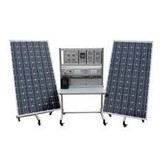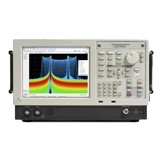"Energy consumption fell by one per cent in 2013–14, even as our economy has continued to grow," the Department's Chief Economist, Mark Cully, said.
This is the second consecutive year that overall energy use in Australia has fallen. Continued growth in energy use in the mining, transport and services sectors was offset by a decline in energy use for electricity generation and manufacturing.
Cully said energy consumption was now similar to levels seen five years ago.
Oil remained the largest energy source in Australia, at 38 per cent in 2013–14, although its consumption fell by one per cent as domestic refining capacity closed.
Energy production in Australia fell by four per cent in 2013–14, with lower uranium and oil production outweighing growth in black coal. Black coal production and exports continued to expand strongly in 2013–14, in contrast to a further decline in domestic use of coal.
Coal-fired electricity generation continued to fall, with coal's share of total generation falling to 61 per cent in 2013–14. The share of natural gas in total generation rose to 22 per cent, while renewable energy sources rose to 15 per cent.
For the first time, the share of hydro in total renewable generation fell below 50 per cent, as wind generation continued to grow strongly.
For more information and to access the report, visit www.industry.gov.au/oce














